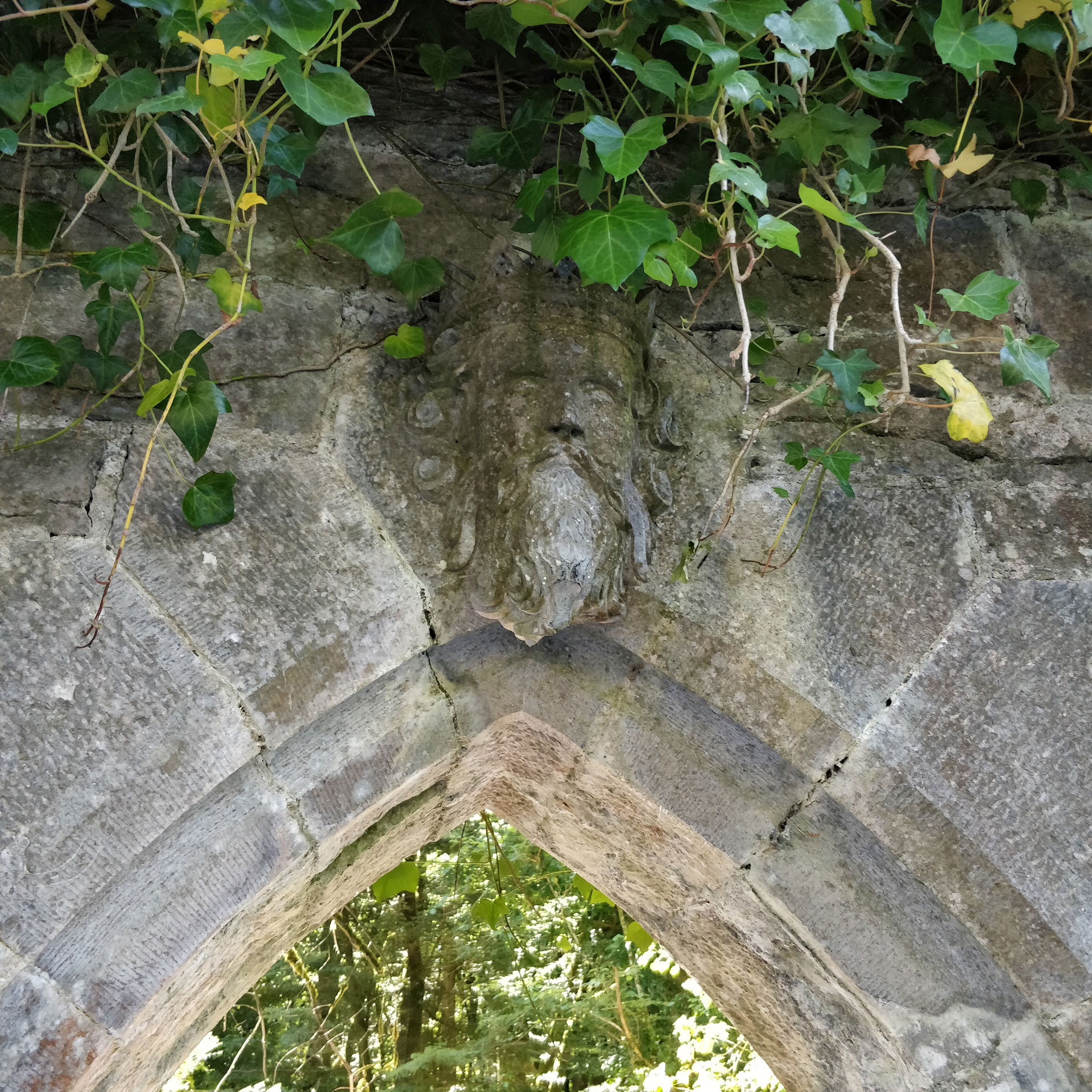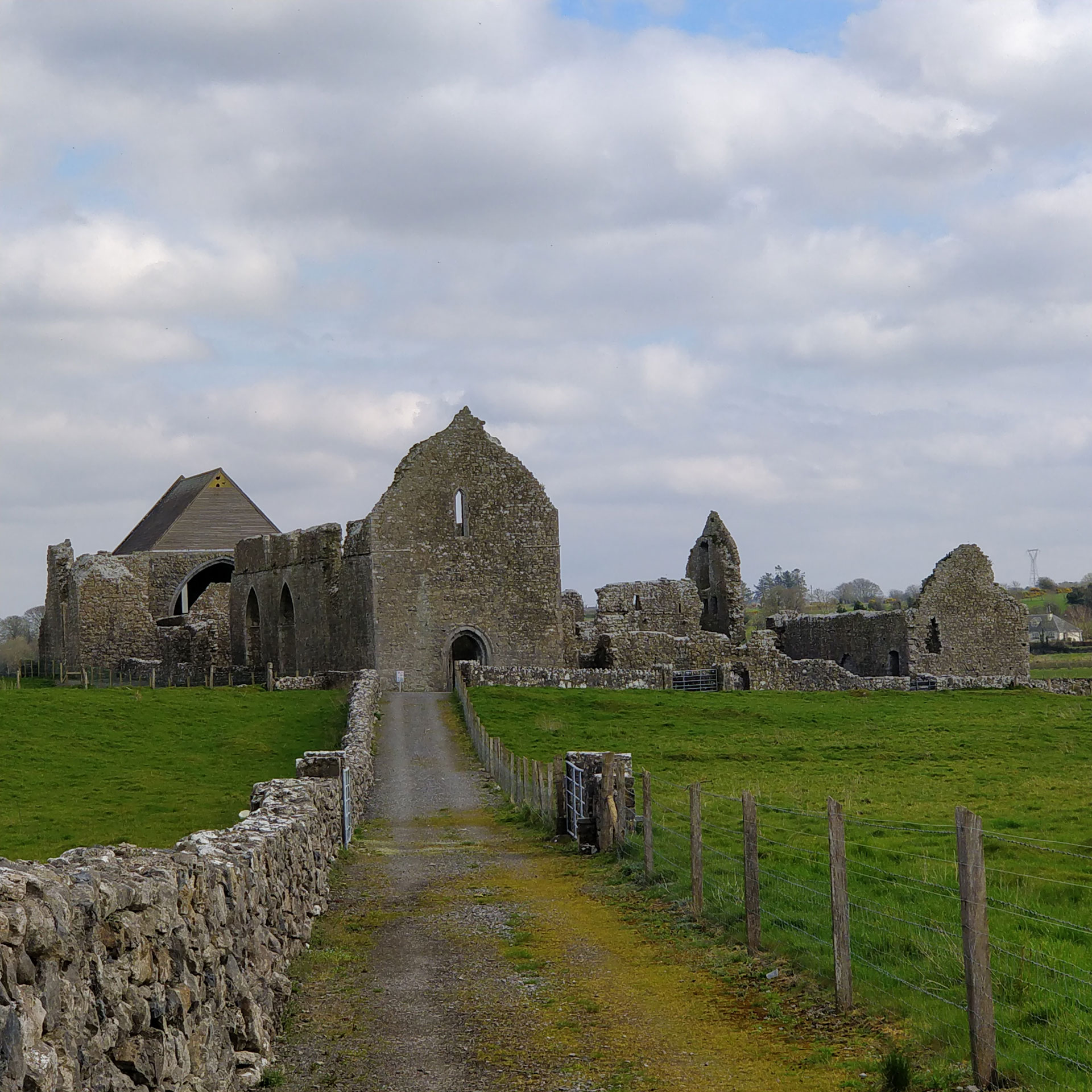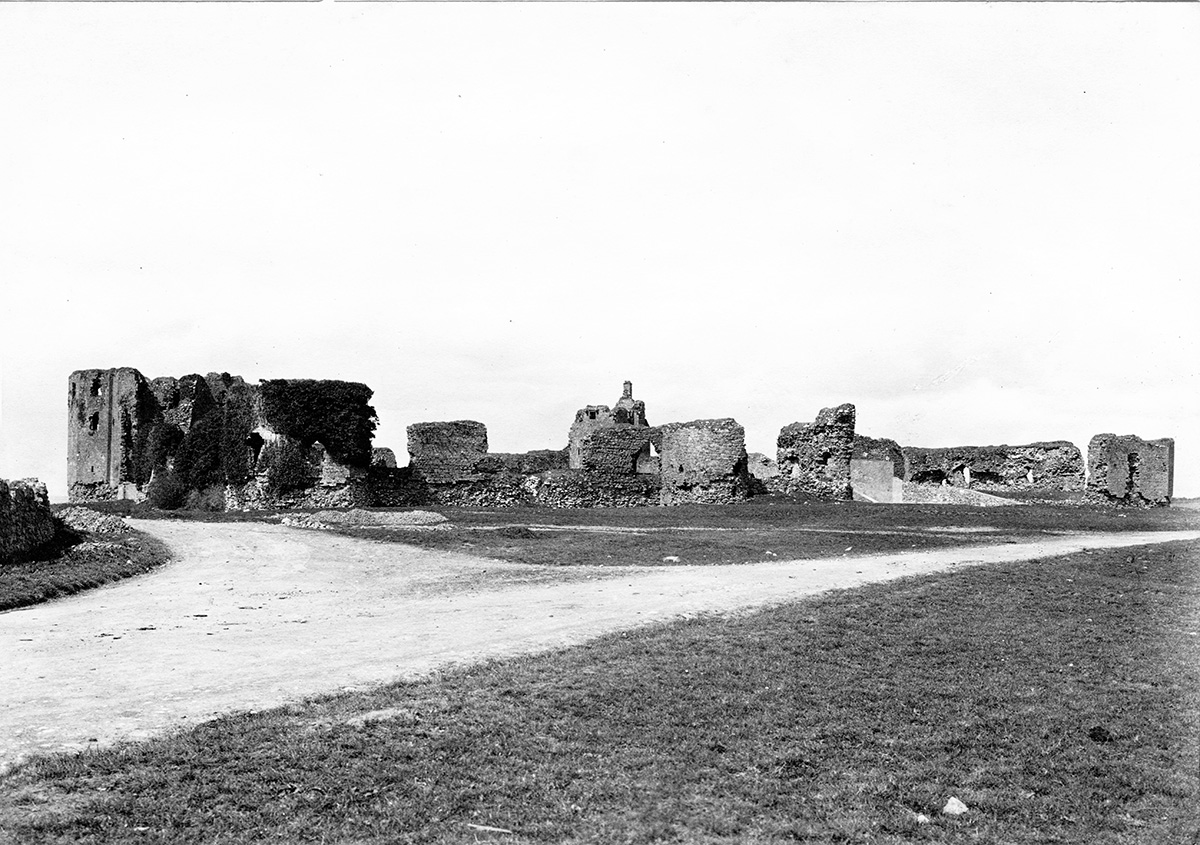High Kings of Connacht
“No family in Ireland claims greater antiquity and no family in Europe, royal or noble, can trace its descent through so many generations of legitimate ancestors.”
– John O’Donovan
‘Fado Fado in Eireann’, a long, long time ago in Ireland, the island of Ireland was governed by monarchs and was divided into five provinces (or Fifths). In addition to the four provinces with which we are familiar today – Munster, Leinster, Ulster and Connacht – there was Midi, a province comprising the modern counties of Meath, Westmeath, Carlow and part of Offaly. Each of these had a provincial king of Royal Blood.
In a society where wealth was measured in cattle, Connacht was one of the largest in size but poorest economically due to its wetter climate and poor land quality.
The Royal Blood of Connacht was O’Conor who was the traditional King of the Fifth of Connacht. On occasions this position was lost to the O’Rourkes of Breffni.
The heartland or stronghold of the O’Conors was “Siol Murray” an area of c.1300 sq.km in the northern half of Roscommon. This heartland was shared with a related group who now would be called McDermott, McDonough, Beirne, Geraghty and Finnerty – descendants from a common ancestor in the sixth century AD including the great warrior king, Conn of the Hundred Battles and Duagh Galach who is believed to have been blessed by St. Patrick in 434AD.
The preservation of royal genealogies was of utmost importance for, on them, depended on royal succession. According to the “O’Conors of Connacht” published in 1891, the O’Conor geneology started with Feredach the Just, King of Ireland who died in c. 75AD. In that pedigree are listed 23 O’Conor Kings of Connacht and a further 12 High Kings of Ireland culminating in 1384 AD.
The O’Conors reached the pinnacle of their power in the twelfth century when two of their number achieved the undisputed High Kingship of Ireland: Turlough Mór O’Conor ( 1088-1156) and Rory O’Conor (1116 -1191).
Turlough Mór was one of the most powerful and significant High Kings of Ireland, and was the great, great grandson of Brian Boru. Having suppressed opposition in Connacht, Turlough, aged just 18, became King of Connacht in 1106 and gradually exerted his power and influence over Munster, Meath and Ulster. In 1121 he achieved undisputed kingship of Ireland.

In a long reign he established a navy based in Dun Gaillimhe, around which the City of Galway developed. Turlough built bridges over the Shannon River, constructed the monastery at Cong, commissioned The Cross of Cong (one of the great treasures of Ireland now in the National Museum), developed Tuam as his ecclesiastical capital and Dunmore, Co Galway as his administrative capital.
Perhaps the first king to recognise Ireland’s European context he developed political networks with fellow rulers in Britain, France and Scandinavia. He died in 1156 after fifty years on the throne and is buried at Clonmacnoise.

Rory O’Conor King of Connacht and last High King of Ireland – born 1116 died 1191
Rory was twice rejected by his Father, Turlough Mor as his “Tanaiste” (his named successor) in favour of his brothers but eventually cooperated with his father leading several raids on neighbouring rivals and was eventually appointed Tánaiste c. 1151.
On the death of Turlough Mor in 1156, Rory succeeded him as King of Connacht and became undisputed High King in 1166. He then successfully suppressed any resistance to his authority both on land and by sea.
In May 1169 a small force of Normans landed at Bannon Bay Co.Wexford deep in McMurrough’s (King of leinster) former Kingdom from which he had been expelled, Rory was his arch enemy. This bridgehead was quickly reinforced by the arrival of “Strongbow” alias Richard de Clare.
At first Rory had success in uniting the forces of Ireland and he drove the Normans out of Kildare and Meath and besieged them within the walls of the city of Dublin. The Normans, seeing that the Irish army encamped outside the city walls were in a relaxed state, seized the opportunity and staged a breakout through the city gates.
Not for a further eight centuries would the history of Ireland ever be quite the same again. Rory became a spent force, abdicating in 1183 although returning briefly, but then spending his final years as a monk in the Cong Abbey. He, too, is buried at Clonmacnoise beside his father Turlough Mor O’Conor.

Kings of Connacht
They were many successful Kings of Connacht both before and after the twelfth century, the most prominent were Cathal Crovedearg O’Conor (died 1228), his son Felim (died 1265) and Hugh O’Conor. Cathal, through diplomatic and military skills, stabilised Connacht after the Norman invasion and constructed twelve abbeys in his kingdom including Ballintubber and Abbey Knockmoy. Felim was an arch diplomat and allied himself with Henry III of England to control Norman Warlords threaterning his Kingdom.
On first ascending the throne Hugh’s illness gave the English an opportunity to strengthen their grip on Connacht and complete their Royal Castle at Roscommon.
On recovering his strength Hugh won sensational and decisive victories over the English particularly at the “Battle of Connacht” and capturing their castle at Roscommon.
When the Great Plague of 1384 swept away Roderic O’Conor, the O’Conors became a much-reduced presence in Connacht, although still powerful Lords in their own rights.
Probably the last formal inauguration of a King of Connacht was of Roderick O’Conor 1368.
On his death the O’Conors split into two families, O’Conor Roe based around Strokestown Co. Roscommon and O’Conor Don (based at Ballintober Castle and now Clonalis Co. Roscommon).

The O’Conor family had an almost unique ability to survive without compromise. Expediency might have suggested that they might have travelled on a different path, culturally, politically and religiously but this was rejected and almost despite of themselves they managed to hang on down through the centuries.

More interesting information can be found HERE

